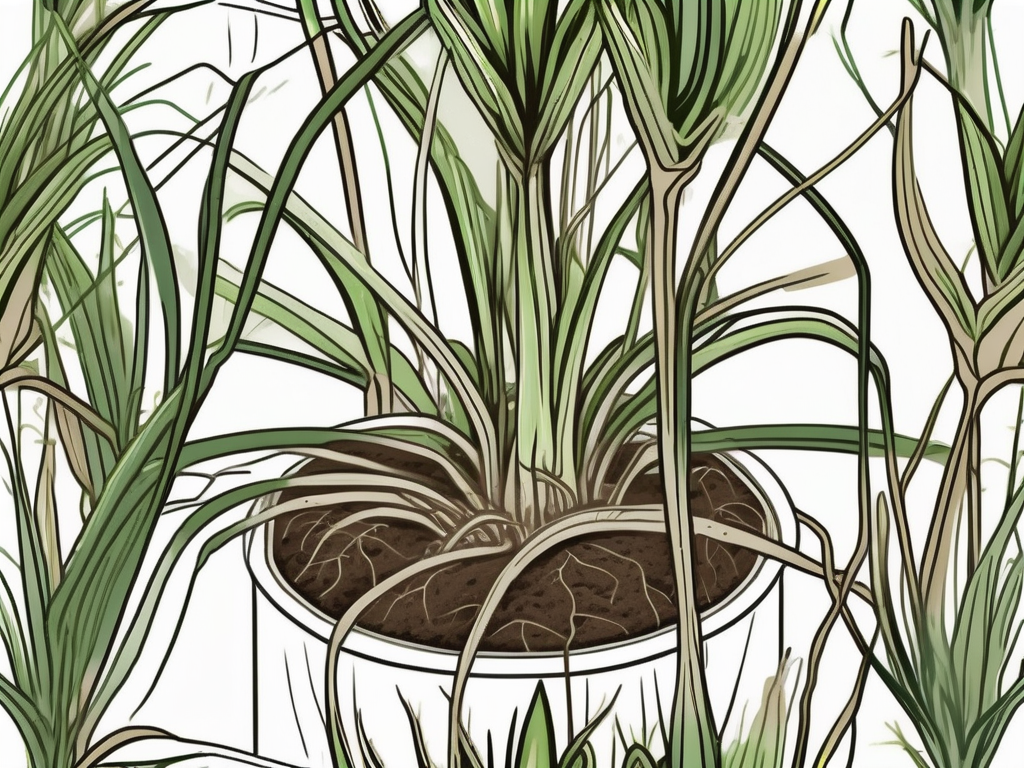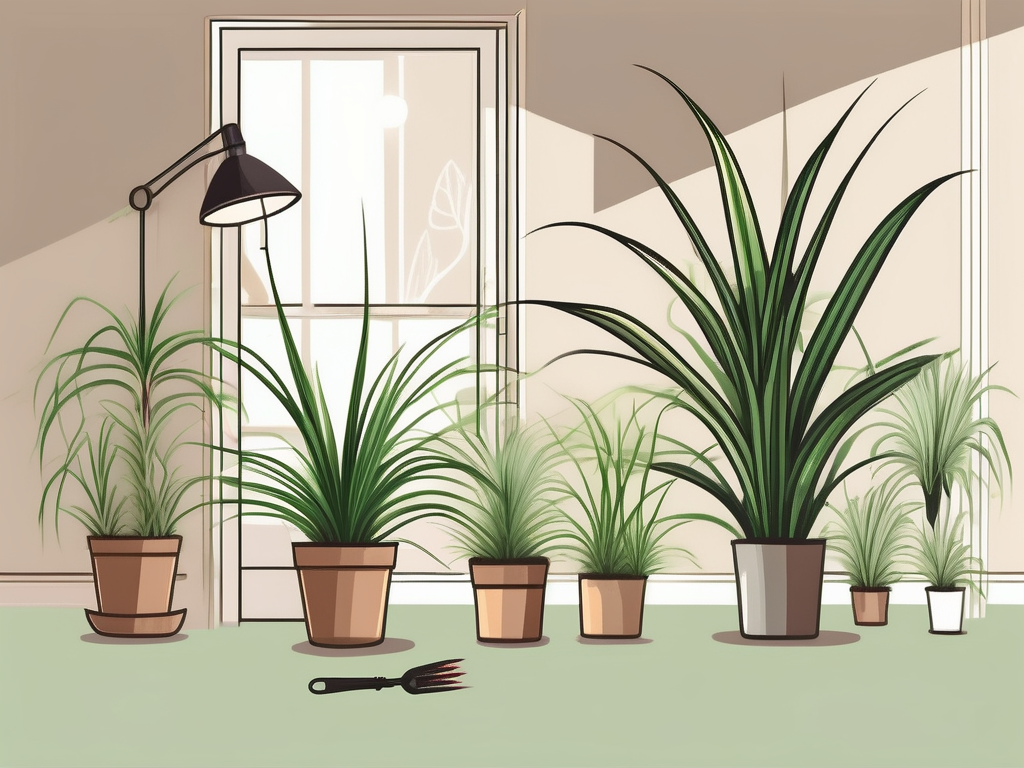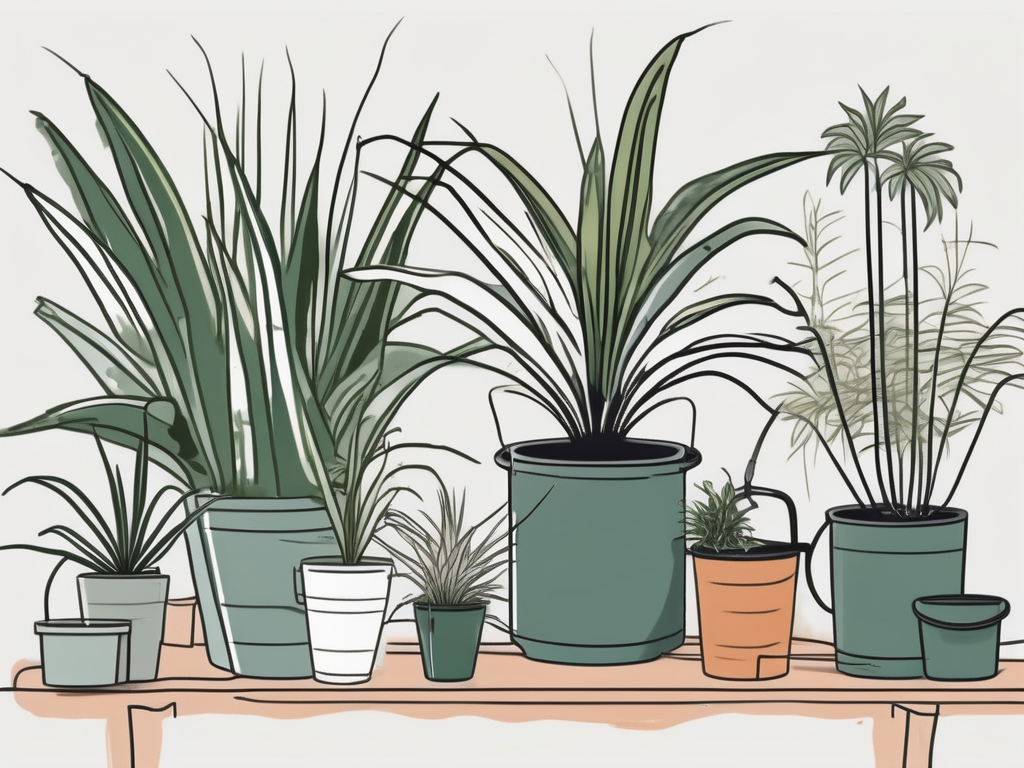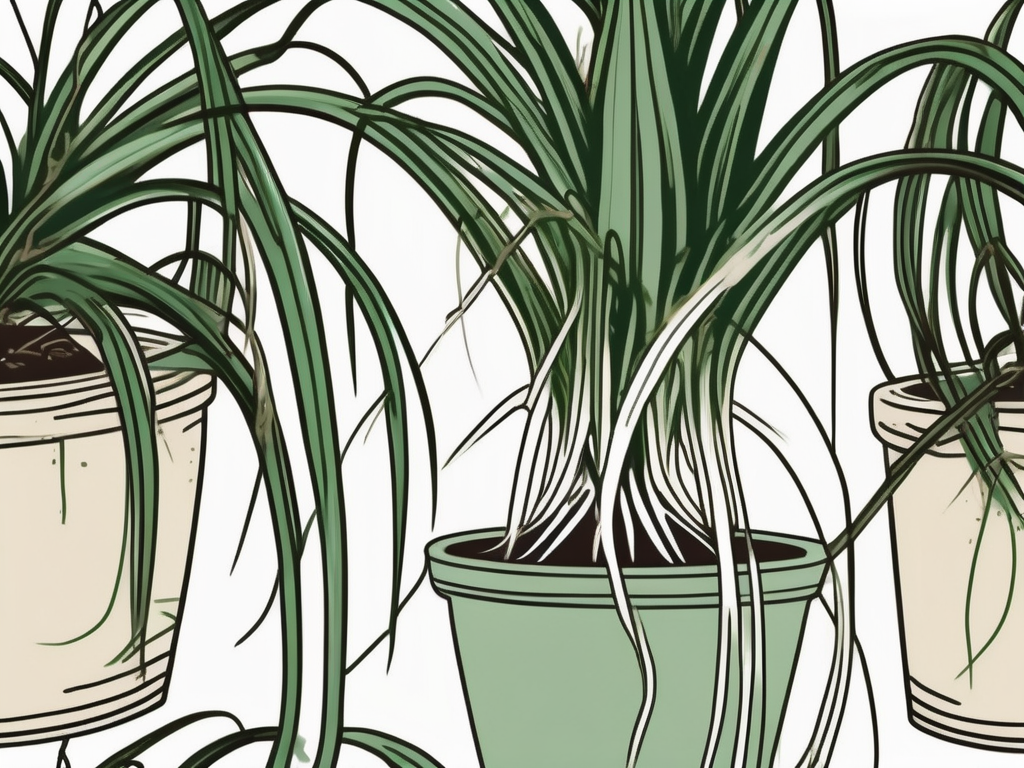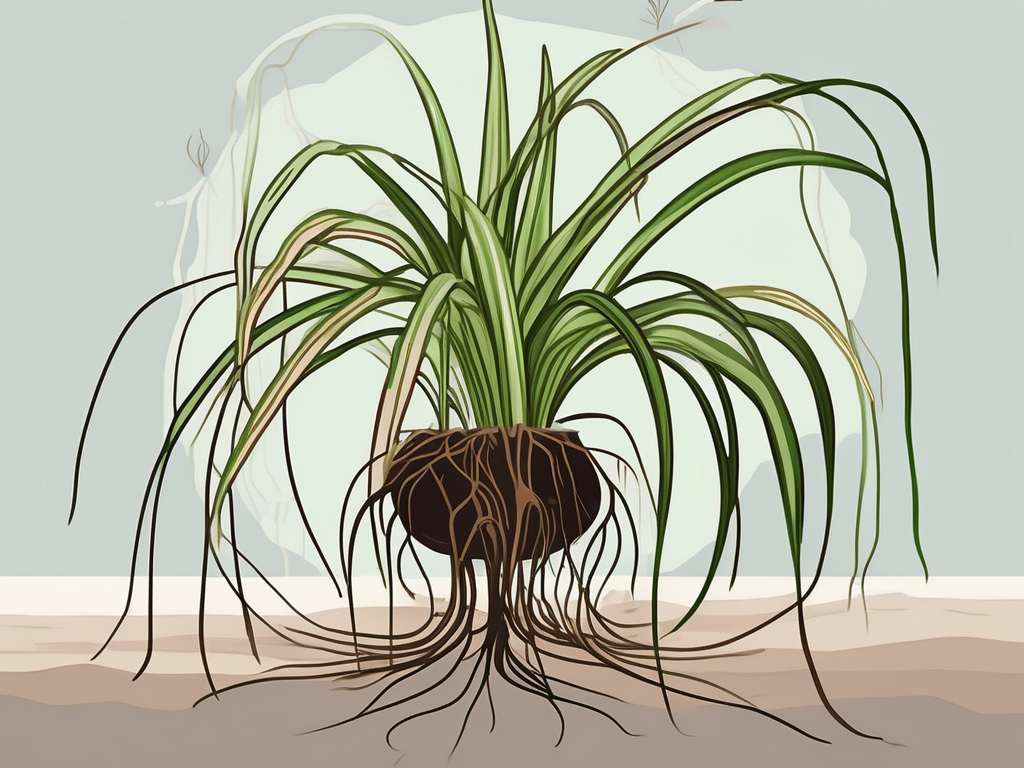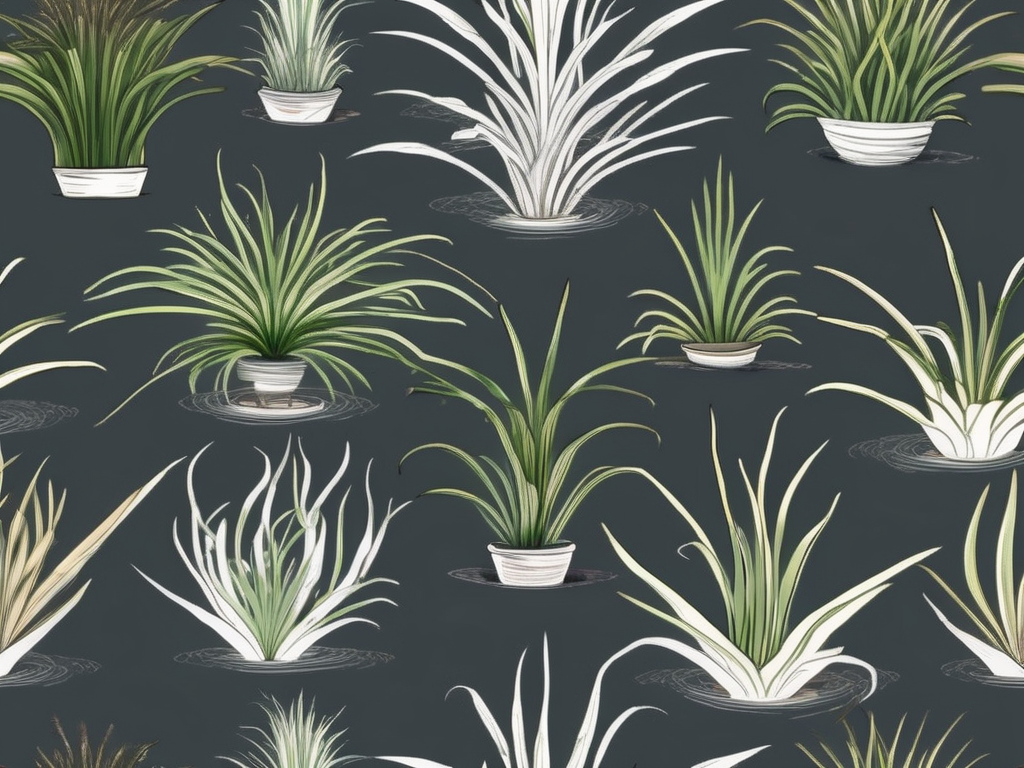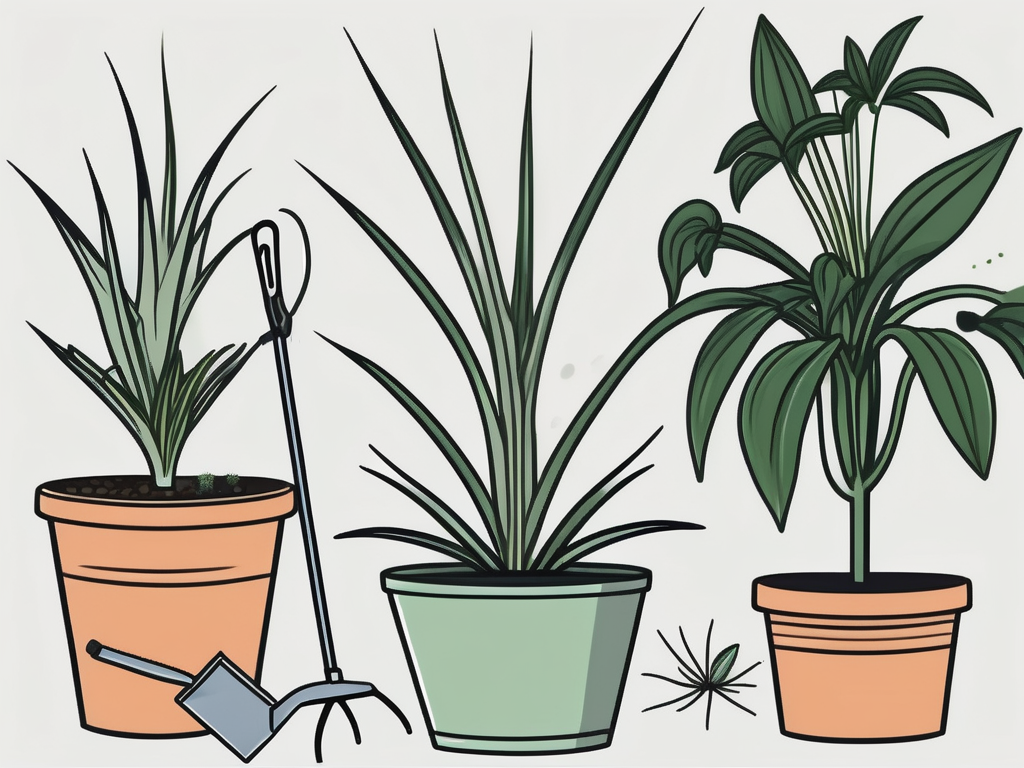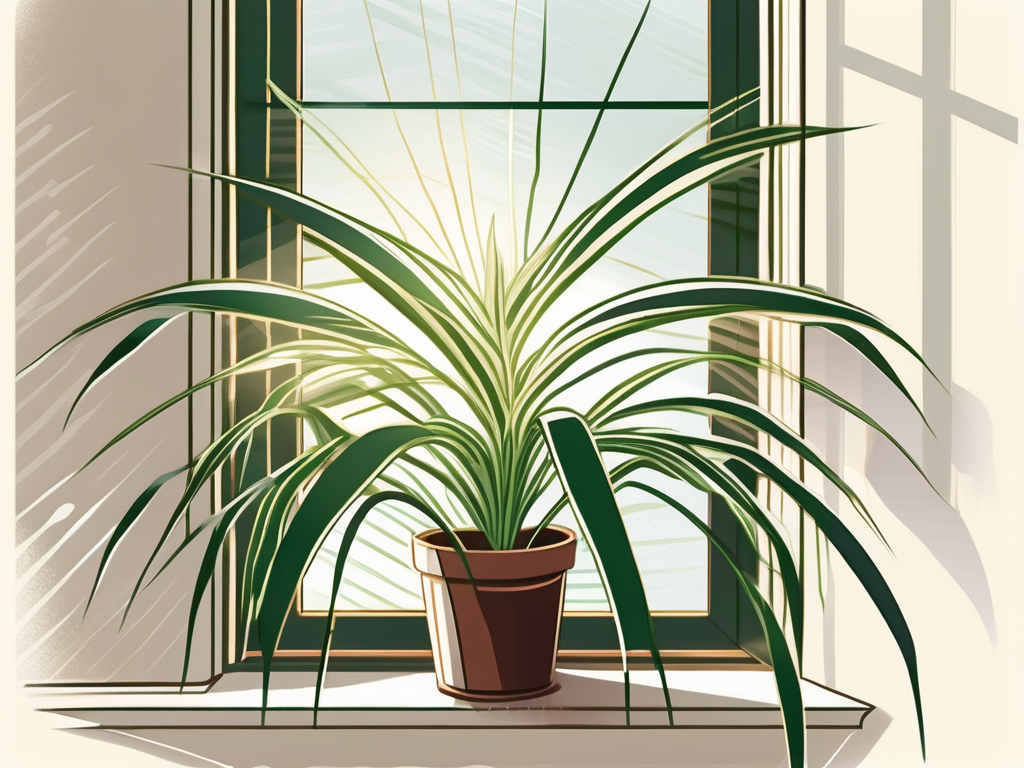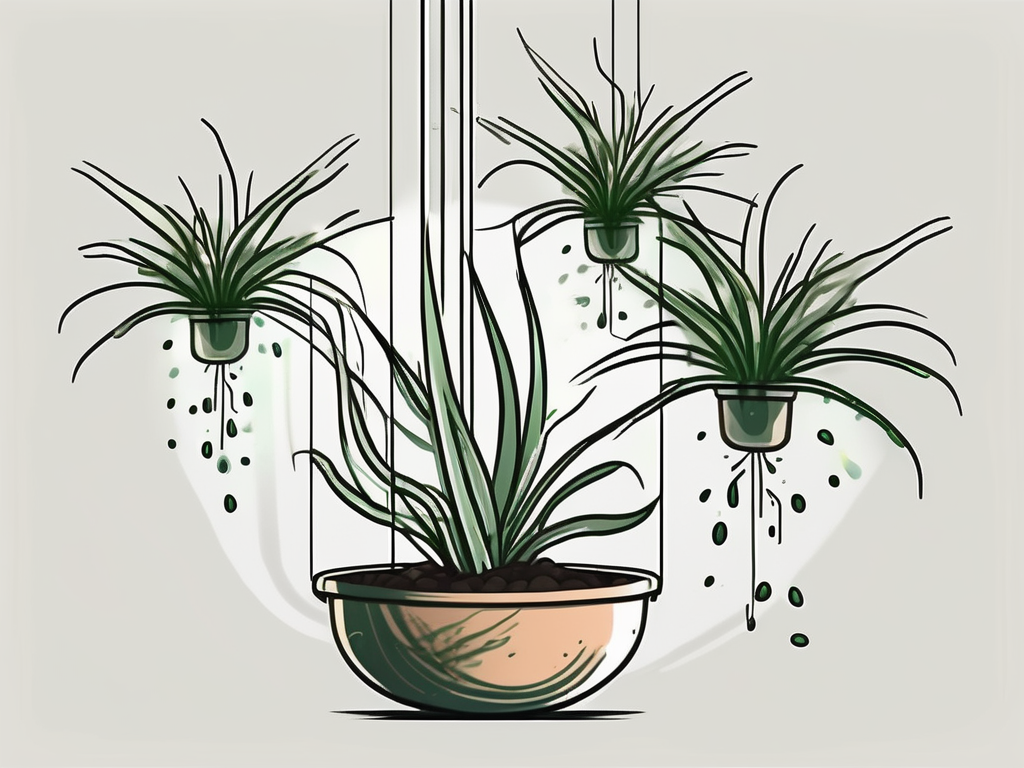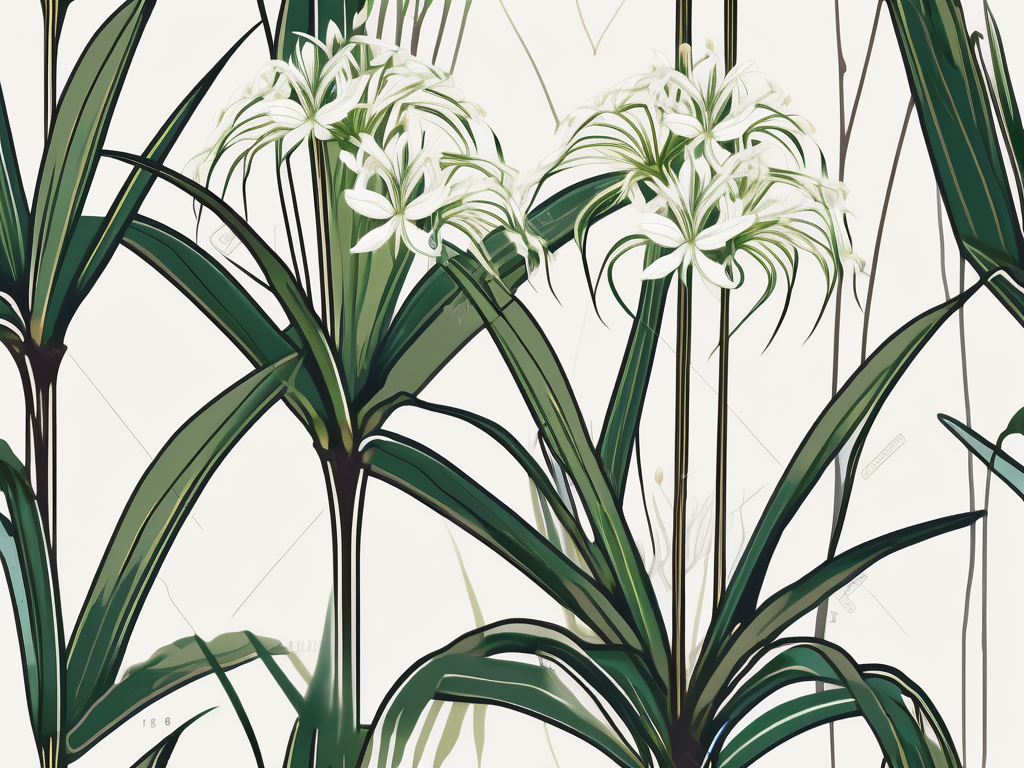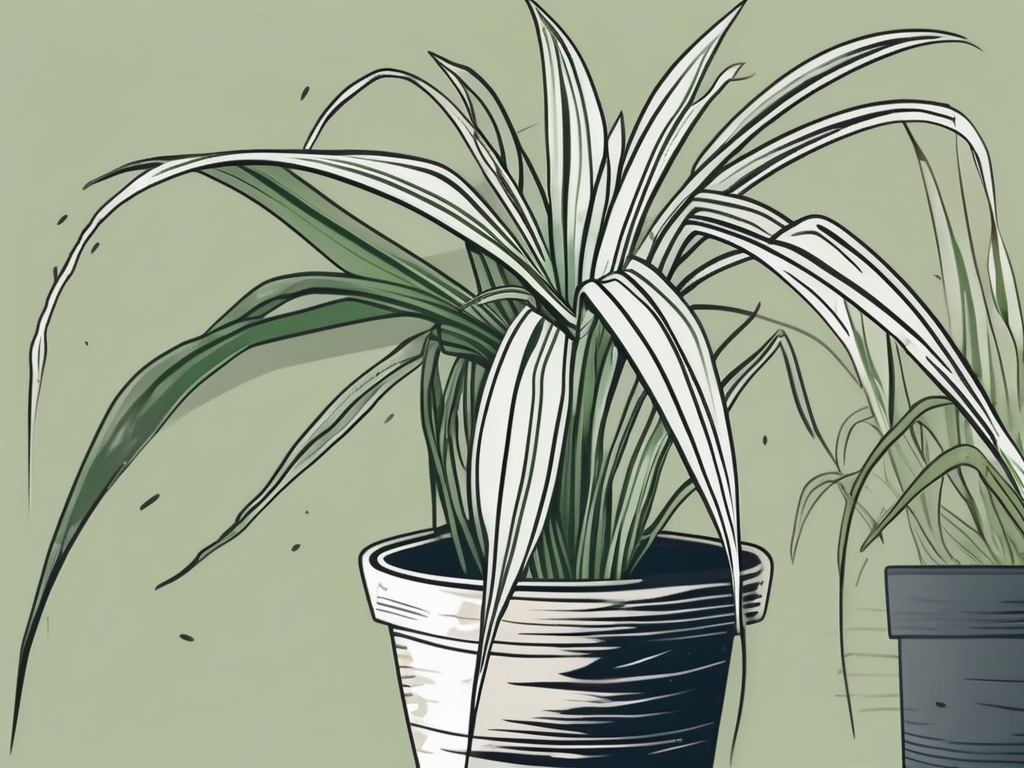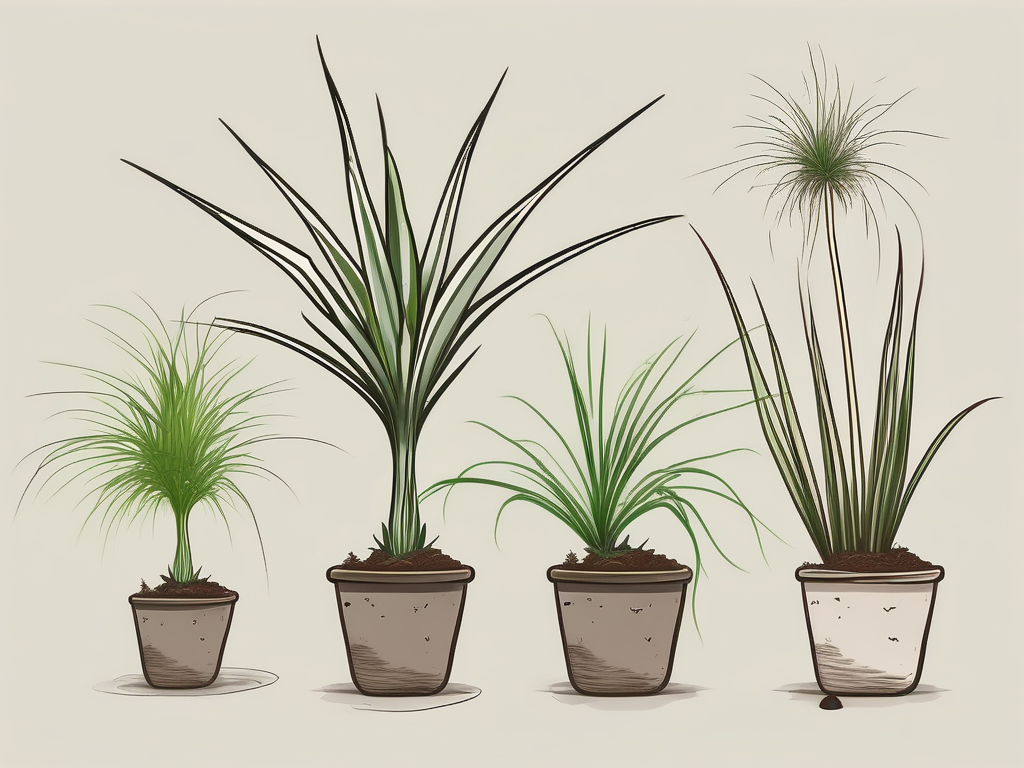
If you're a fan of houseplants, there's a good chance you've encountered the charming spider plant. Known for its arching leaves and adorable little "spiderettes," this plant is both a visual delight and a hardy companion for your home. But have you ever wondered how long these plants can stick around? Let's explore the lifespan of spider plants and how you can keep them thriving for years.
This blog will cover everything from the life stages of a spider plant to the best care practices to ensure longevity. We'll discuss common challenges and how to overcome them, share tips for propagating new plants, and even touch on how to incorporate spider plants into your home decor.
The Life Cycle of a Spider Plant
Spider plants, like many houseplants, have a life cycle that includes several stages. Understanding these can help you better care for your green friend. Typically, a spider plant will grow and thrive for several years, with the potential to live up to a decade or more under optimal conditions.
The life cycle begins with the growth of the main plant. This stage is marked by the development of strong, arching leaves that can reach up to 12 inches in length. As the plant matures, it produces offshoots, or "spiderettes," that dangle from the mother plant. These spiderettes can be left to grow or propagated into new plants.
As the spider plant ages, you might notice some of the older leaves starting to brown at the tips or die back. This is a natural part of the life cycle and can be managed with regular pruning and care. Interestingly enough, a well-cared-for spider plant can continue to produce new growth and offshoots throughout its life, effectively renewing itself.
Optimal Conditions for Longevity
To extend the lifespan of your spider plant, it's important to provide the right conditions. These plants are pretty forgiving, but they do have preferences that can make a big difference in their health and longevity.
First, consider light. Spider plants thrive in bright, indirect sunlight. Too much direct sun can scorch their leaves, while too little light can slow their growth. If your home doesn't get a lot of natural light, don't fret! These plants are quite adaptable and can survive in lower light conditions, though they might not be as vibrant.
Next, let's talk about water. Spider plants prefer to dry out a bit between waterings. Overwatering is a common mistake that can lead to root rot. Check the soil with your finger; if the top inch is dry, it's time to water. A well-draining potting mix is essential to prevent water from sitting at the bottom of the pot.
- Light: Bright, indirect sunlight.
- Watering: Allow soil to dry out between waterings.
- Soil: Well-draining potting mix.
Common Challenges and Solutions
Even with the best care, spider plants can encounter a few hurdles. The good news is that most issues are easily remedied once you know what to look for.
One common problem is browning leaf tips. This can be caused by a few factors, including overwatering, underwatering, or fluoride in tap water. Try using distilled or rainwater for your plant, and ensure you're not letting it sit in soggy soil.
Another issue you might face is pest infestations. Spider plants are generally resistant to pests but can occasionally fall victim to aphids or spider mites. Regularly inspecting your plant and wiping down leaves with a damp cloth can help keep pests at bay.
If you notice your spider plant is looking a little sad and droopy, it might be time to repot. Over time, roots can become bound and restrict growth. Repotting every couple of years into a slightly larger pot can give your plant room to grow and refresh the soil.
Propagating New Plant Babies
One of the joys of owning a spider plant is the ability to easily propagate new plants. This not only extends the life of your original plant but also lets you share the green love with friends and family.
To propagate, simply snip off a spiderette from the main plant. You can place it in a glass of water until roots develop, or plant it directly into soil. Both methods are effective, but rooting in water allows you to see when the new roots are ready for planting.
Once the roots are about an inch long, transfer the spiderette to a pot with well-draining soil. Water it lightly and place it in bright, indirect light. Before you know it, you'll have a thriving new spider plant ready to take on the world—or at least your living room!
Incorporating Spider Plants into Your Home Decor
Spider plants aren't just for plant parents with a green thumb—they're also a fantastic addition to your home decor. With their cascading leaves and delicate spiderettes, they add a touch of nature and elegance to any space.
Consider hanging a spider plant in a macramé plant holder near a window. This not only showcases the plant's natural beauty but also makes use of vertical space—a win-win for smaller homes. Alternatively, place a spider plant on a shelf where its leaves can cascade down for a dramatic effect.
- Hanging: Use macramé holders for a stylish look.
- Shelves: Allow leaves to cascade gracefully.
- Grouping: Pair with other plants for a lush display.
Choosing the Right Pot and Soil
The type of pot and soil you choose for your spider plant can significantly impact its health. When it comes to pots, make sure there's a drainage hole. This prevents water from accumulating at the bottom, which can lead to root rot.
As for soil, a well-draining potting mix is your best bet. You can find mixes specifically for houseplants, or you can make your own by combining potting soil with perlite or sand. This helps improve drainage and prevents compaction, allowing roots to breathe.
Remember, spider plants don't need a lot of extra nutrients, so avoid over-fertilizing. A balanced liquid fertilizer once a month during the growing season is plenty.
Understanding and Preventing Root Rot
Root rot is a common problem that can drastically shorten a spider plant's lifespan if not addressed. It occurs when the roots sit in waterlogged soil for too long, leading to decay.
To prevent root rot, ensure your pot has adequate drainage and avoid overwatering. If you suspect root rot, gently remove the plant from its pot and check the roots. Healthy roots should be white and firm, while rotten roots appear mushy and brown.
If you find rotten roots, trim them away and repot the plant in fresh soil. This might save your spider plant, but prevention is always easier than treatment.
Seasonal Care Tips
Spider plants have different needs throughout the year, and adjusting your care routine can help them thrive through the seasons. During the growing season (spring and summer), your plant will appreciate regular watering and monthly feedings of a balanced fertilizer.
In the cooler months, spider plants enter a period of dormancy. During this time, reduce watering and stop fertilizing. The plant's growth will slow down, and it won't need as much moisture or nutrients.
Keep an eye on humidity levels in the winter, as indoor heating can dry out the air. A humidifier or a pebble tray with water can help maintain a comfortable environment for your plant.
Creating a Plant Care Routine
Consistency is key when it comes to plant care, and spider plants are no exception. Establishing a routine can help you remember when to water, feed, and check on your plant.
Consider setting reminders on your phone or using a plant care app to keep track of your plant's needs. A little bit of attention regularly can make a big difference in your spider plant's health and longevity.
Remember, each plant is unique, so it might take some time to figure out what works best for yours. Don't be afraid to make adjustments as you learn more about your plant's preferences.
Final Thoughts
Spider plants are not only beautiful and easy to care for but also long-lived with the right attention. By understanding their life cycle and providing optimal conditions, you can enjoy these plants for many years. From propagating new spiderettes to incorporating them into your home decor, there's so much to love about these green companions.
At Cafe Planta, we're here to support you on your plant journey. Whether you're looking for new plant additions, care accessories, or advice, we've got you covered. Feel free to reach out via email or Instagram. Together, let's make your home a greener, more vibrant place!













